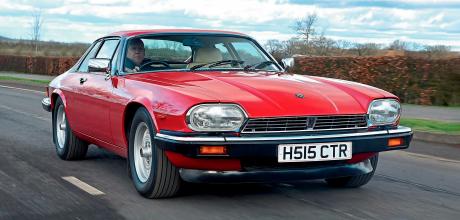1987 Jaguar XJ-S 3.6 Coupe Automatic
The six-cylinder XJ-S was also offered in coupe form and quickly became the thinking man’s choice. We find a remarkable survivor.
WORDS PAUL WAGER
PHOTOGRAPHY PAUL WALTON
SecondwindCLASSIC DRIVE
We sample an incredibly original example of the car which saved the XJ-S from extinction and gave it an unexpected second life
Adding a six-cylinder option to the XJ-S may have been a convenient way to test the market for an all-new engine design but it had a welcome bonus in that it also gave the car itself an entirely new lease of life. As John Egan himself once admitted to us, by the early 1980s the XJ-S was selling so slowly that production had effectively stopped as unsold cars began to pile up in the system. The car was still well regarded but suddenly the V12 engine’s complexity and immense thirst – even in HE form – had done nothing to help its appeal in the market, especially as competitors were catching up with six-cylinder and V8 engines.
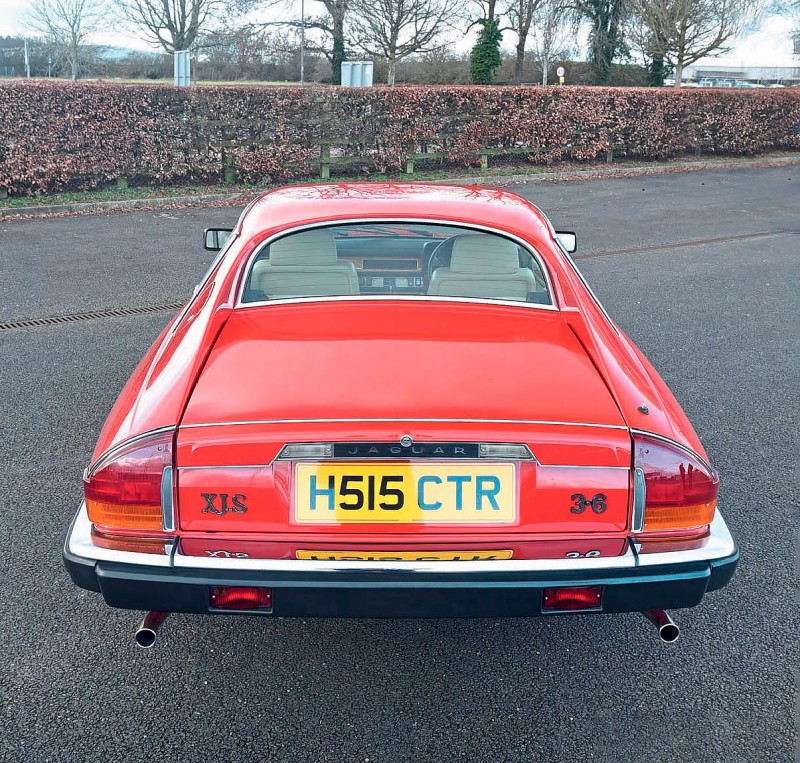
Initially the six-cylinder car wasn’t marketed heavily, produced in smaller numbers while effort was devoted to sorting the refinement of the early AJ6 engines, which meant that sales were modest rather than significant. That of course was a blessing in disguise given that those very early XJ6 engines needed to be virtually hand-built. Before long though, positive road tests began to make their mark and the moribund XJ-S gained a new wind, its newfound appeal helped by, but certainly not limited to, the Cabriolet.
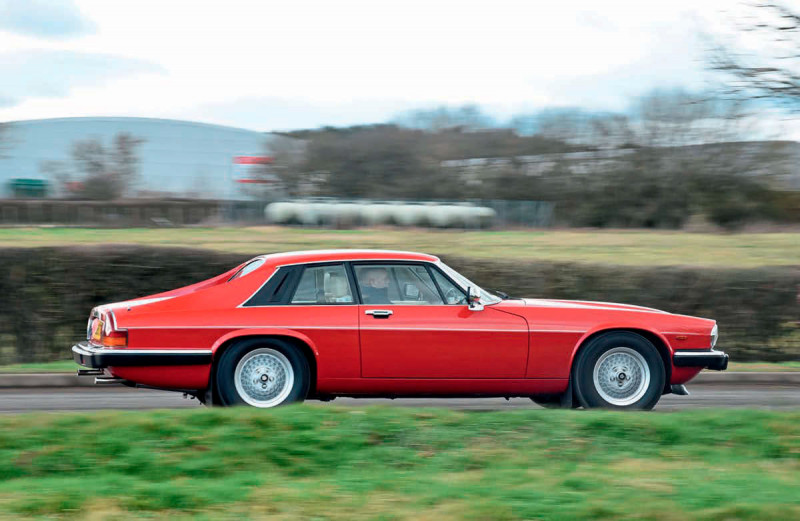
It’s popularly assumed that it was the Cabriolet model which introduced the 3.6 engine but in reality an AJ6-powered coupe was introduced at the same time with a distinct lack of fanfare but would in fact go on to be the bigger seller – not just more popular than the Cabriolet but eventually the V12 car too.
The unexpected but welcome result of offering the smaller engine option in the XJ-S was that rather than a lesser ‘entry-level’ option, it created a car with an entirely different character, one which had more in common with the E-Type in some ways than the wafting V12 model. This was chiefly the result of the six-cylinder’s more eager demeanour, the AJ6 being happier to rev harder than the lazy V12, which – in two-cam production form, anyway – doesn’t encourage you to drive it hard. On paper, that doesn’t make a lot of sense since the V12 produces its maximum power at 5500rpm against the AJ6’s lower 5300rpm, but in practice the smaller engine is happier to spin up and it’s this which gives the 3.6 its character.
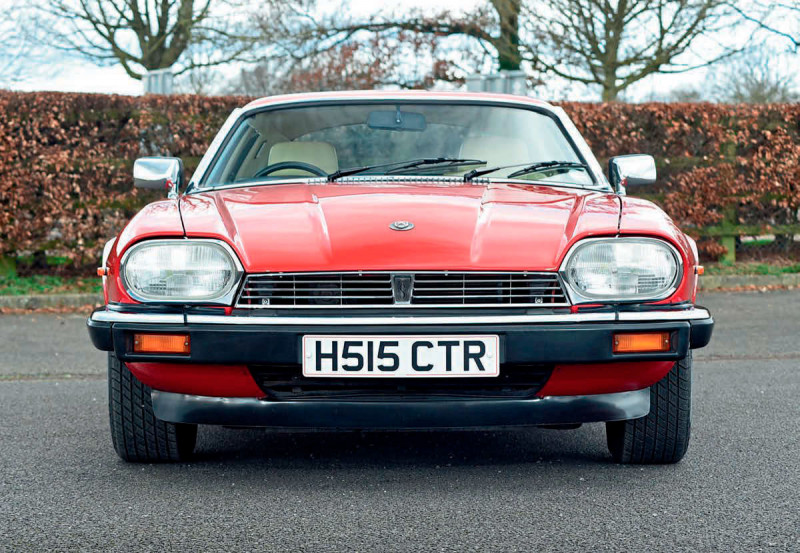
Naturally it helped that early 3.6’s came only in three-pedal form, with the Getrag five-speeder making the most of the 225bhp while the jerky three-speed GM auto effectively cancelled out the majority of the V12’s 74bhp advantage. Indeed, more recent experience has shown us just how much difference the transmission makes to the XJ-S: see the feature in our Oct 2022 issue where we tried a V12 car with a modern six-speed automatic which transformed the car.
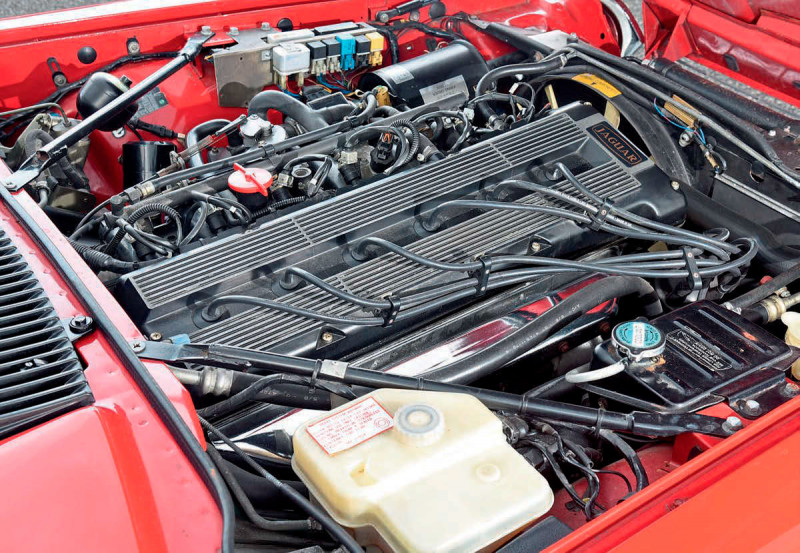
Naturally it wasn’t a huge surprise that eventually the 3.6 model became the mainstay of the range and in 1987 an automatic option was added to the range. Even in this form the 3.6 retained a slight edge over the bigger engine though, since the box chosen for six-cylinder cars was the four-speed ZF4HP whereas the V12 soldiered on with the three-speed box.
At the same time as the auto option, the AJ6 gained crank-triggered ignition and the Lucas injection was uprated from a manifold pressure sensor to a more modern hot-wire mass air flow sensor as a means of load measurement, which in theory improved efficiency.

By this time, Sir John Egan’s drive for quality was beginning to see results, meaning that the quality of construction and detail finish may still not have been in the Mercedes league but was a far cry from the BL era. By then 12 years old, the XJ-S was ageing by industry standards, yet defying all accepted logic it was about to enter a new golden era. Group tests against Porsche, BMW and Mercedes saw the Jaguar acquit itself commendably well and in truth most of this was down to the AJ6-engined models.

As the decade wore on and performance cars increasingly sported smaller V6s and turbocharged four-cylinder powerplants instead of high-capacity multi-cylinder heavy weaponry, it became obvious that the future didn’t lie in the V12 but in the AJ6 – more so for the Jaguar saloons which were the company’s bread and butter.
Accordingly, in 1989 the AJ6 was stroked to four litres, in which form it offered 223bhp and 278lb.ft torque and was offered with either the ZF four-speed auto or a revised Getrag manual, which relocated the shift lever 15mm rearwards for a more natural position.
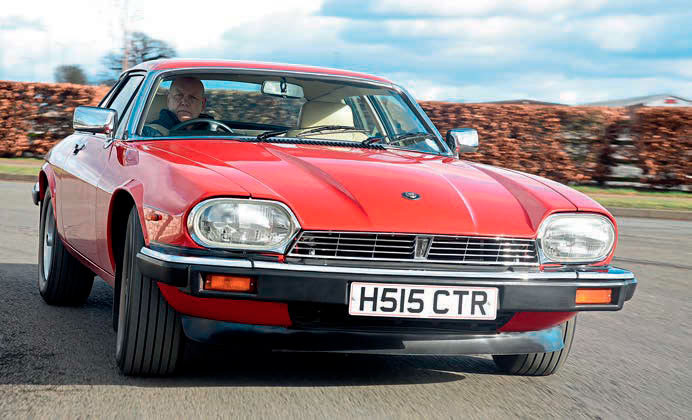
The AJ6 engine would then live on into the facelifted and newly renamed XJS in 1991, eventually being developed into the improved AJ16 unit right at the end of the car’s life, but the fact that by the time the XJS left production the V12 had become a special order option illustrates just how important the six-cylinder option was for the XJ-S’s success.
There’s no better way to understand the appeal of the six-cylinder car than a really original example and they don’t come much nicer than Neil Higson’s 1990 example in our photos.
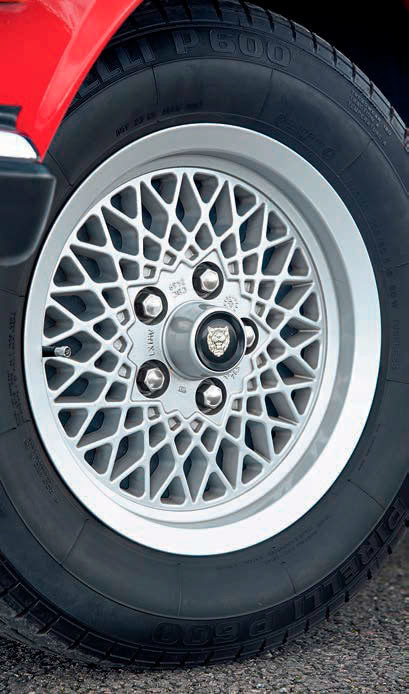
Incredibly, the car is essentially original and unrestored, which makes it a real rarity and illustrates just how much quality had improved during the Egan era. The Signal Red paintwork is deep and lustrous, the shut lines may not be Lexus-precise but are commendably consistent for a 33-year old car and perhaps the biggest surprise is that the interior has lasted remarkably well. Having covered just 63,000 miles helps of course, but the materials have clearly withstood the passage of time just as well as the XJ-S’s German competitors – and in some areas, rather better.
Indeed, it was the originality of this car which persuaded Neil to choose it over the other options at the time, including at least one extensively restored car – and it was also enough to sway him away from the manual transmission he’d originally been after. As acquired, Neil describes the car as good but not perfect, and promptly sent it off to his favourite paint man to have it machine polished and generally fettled – and the results speak for themselves. Incredibly, it seems as if the wheels have never been refinished which is unusual in itself for the lattice-spoke alloys. Even more incredibly when you hear that the car sees regular use. “It’s not a trophy piece that doesn’t do anything,” says Neil while apologising for the stone chips we just couldn’t see.

Having driven both two and three-pedal incarnations of the 3.6, personally I find it tricky to pick a favourite: the manual does give the XJ-S an additional sporting demeanour but let’s be honest it’s never going to be an MX-5 and the automatic in contrast does suit the nature of a Jaguar so well. To sit on the fence politely, that translates to meaning that whichever you choose you’ll still enjoy it and Neil admits that the auto box probably means he tends to use the car more often than he would if it was a manual.
On the road, the exceptional originality of Neil’s XJ-S is reflected in the way it drives and as we discovered doing action photography, it’s still an enjoyably brisk car even by modern standards. In theory the 4-litre should have the edge but its peak power output is virtually identical, the larger unit actually peaking some 600rpm earlier – all of which gives the 3.6 its engaging character. Yes, the 4-litre wields some 38lb.ft more torque but in practice that’s more noticeable in the manual cars.
All in all, this late example of the 3.6- litre XJ-S proved just how successful the formula was and stepping straight into a V12 of the same age a few days later was something of an anti-climax. And as for this particular example, it proves that by the late ’80s, Jaguar really could manage to put cars together well enough to compete on the world stage.
It’s not a trophy piece that doesn’t do anything
Pristine rims are a clue to this car’s unusual originality. Material quality was vastly improved during the Egan era; the interior of this 1990 car has lasted as well as any BMW of the same age.
It created a car with an entirely different character
WHAT THE PRESS SAID
“The 3.6 coupe has to be considered something of a bargain – it’s now the car the XJS always should have been.” Autocar, October 1987
“The Porsche 944 is good, but for the money, the Jaguar is better.” What Car, March 1988
“The motor now sings just as sweetly in the nose of the XJ-S as the six-cylinder engines do in any BMW.” Car, February 1988


